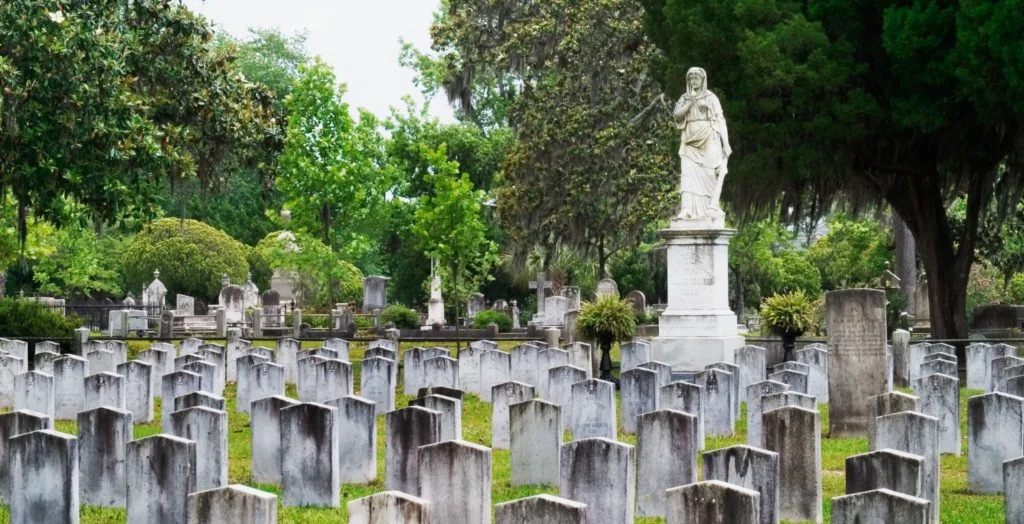
Introduction
Throughout history, various civilizations have honored their departed loved ones through elaborate burial practices. Monumental burials, characterized by grand structures and intricate memorials, provide invaluable insight into ancient societies’ cultural, social, and religious beliefs.
From the awe-inspiring pyramids of Egypt to the majestic mausoleums of Europe, these impressive tombs have stood the test of time, preserving the memories of the deceased and enriching our understanding of past civilizations.
In this blog, we will delve into the fascinating history and significance of monumental burials, exploring their enduring impact on the collective human experience.
The Roots of Monumental Burials
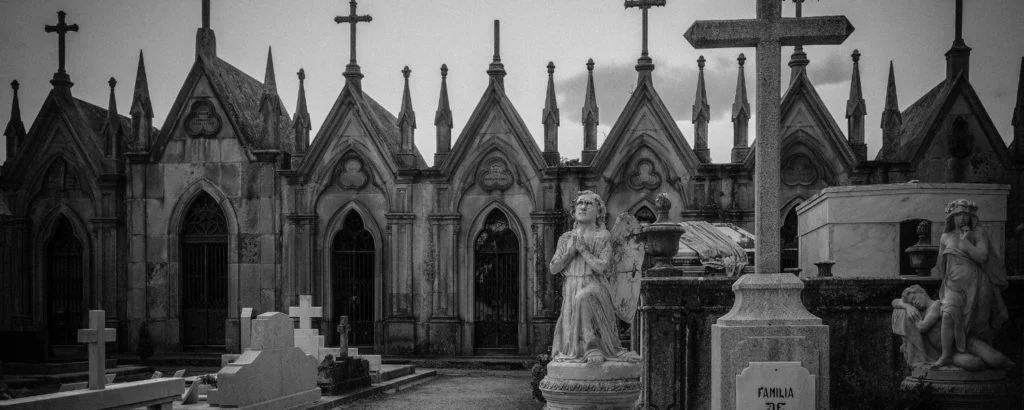
The practice of monumental burials can be traced back to the dawn of civilization. Long ago, ancient civilizations like the Egyptians, Greeks, Romans, and Chinese believed in life after death. They wanted to make sure that the souls of the deceased had a comfortable journey to the afterlife.
To accomplish this, they constructed grand monuments and tombs as a sign of respect and a physical manifestation of their beliefs in an afterlife. These monumental structures often housed not just the remains of the deceased but also their prized possessions and treasures, symbolizing the continuation of their wealth and status into the afterlife.
The Pyramids of Egypt – A Testament to Majesty
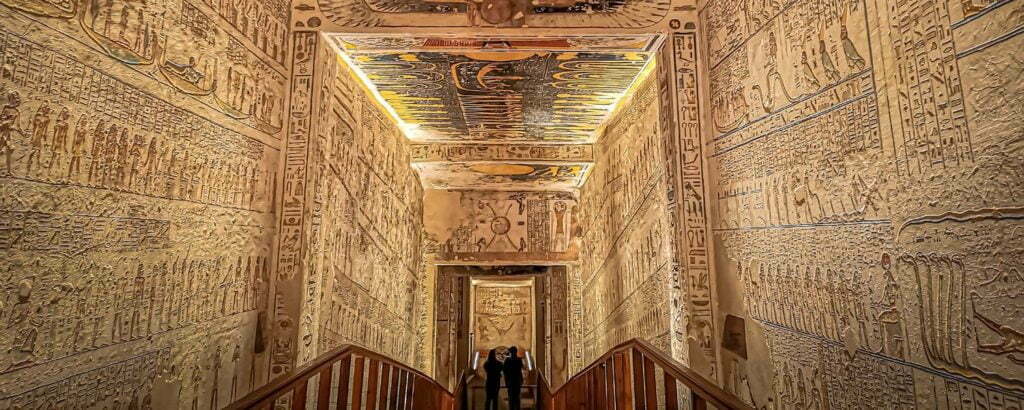
Perhaps the most iconic and enduring examples of monumental burials are the pyramids of Egypt. Built a long time ago in the Old Kingdom, the Great Pyramid of Giza is one of the Seven Wonders of the Ancient World. Built for Pharaoh Khufu, this awe-inspiring structure showcases ancient Egyptians’ incredible engineering and architectural prowess.
The pyramids were designed as tombs for the pharaohs and served as a burial place and a gateway to the afterlife. The elaborate rituals and funerary practices associated with pyramid burials reveal ancient Egypt’s deeply ingrained religious beliefs and cultural values.
Mausoleums – Eternity Enshrined
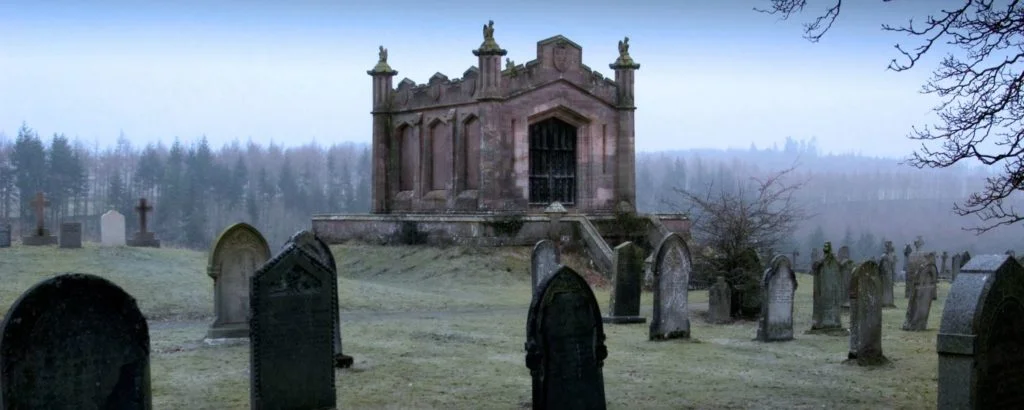
In other regions, mausoleums became popular forms of monumental burial. The Mausoleum at Halicarnassus, built around 353 BCE, was a significant example. It was an imposing tomb constructed for Mausolus, a Persian satrap, and his wife, Artemisia.
The term “mausoleum” itself originates from this monumental tomb. In Europe, various rulers and nobles commissioned mausoleums to honour their legacies and ensure they were remembered throughout history.
The Taj Mahal in India, built as a mausoleum for the Mughal emperor Shah Jahan’s beloved wife, Mumtaz Mahal, exemplifies the enduring love and devotion that monumental burials could convey.
Cultural Significance and Artistic Expression

Beyond serving as final resting places, monumental burials reflect ancient societies’ cultural identity and artistic achievements.
These grand structures were often adorned with intricate carvings, sculptures, and paintings that depicted religious beliefs, mythological narratives, and daily life scenes.
As centres of cultural and artistic expression, monumental tombs provide a treasure trove of information for historians, archaeologists, and art enthusiasts, allowing them to piece together the societal norms and values of the past.
Preservation of Knowledge and Ancestral Heritage
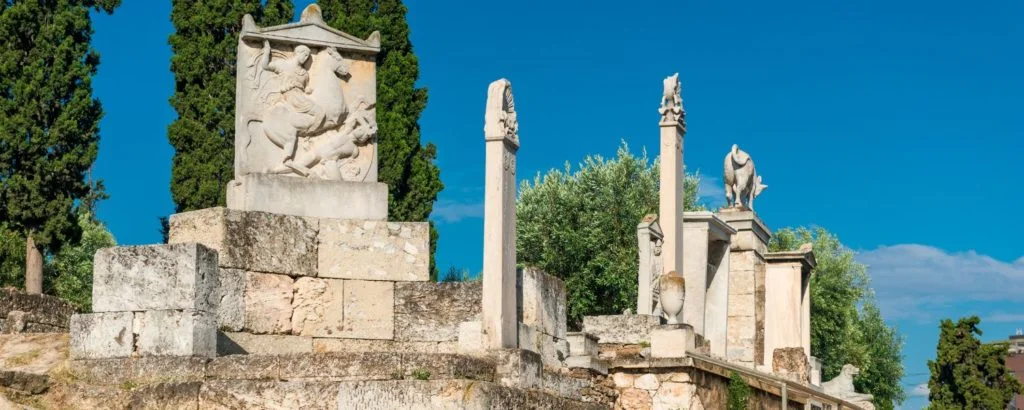
Monumental burials also played a crucial role in preserving knowledge and ancestral heritage. In pre-literate societies, the passing down of historical events and cultural practices relied heavily on oral traditions.
The grandeur of monumental tombs ensured that the memories of the deceased and the stories of their achievements were etched into the collective memory of the community.
Moreover, as archaeological finds, these structures continue to reveal new insights into the lives of our ancestors and provide valuable data for studying ancient civilizations.
Symbolism and Spirituality
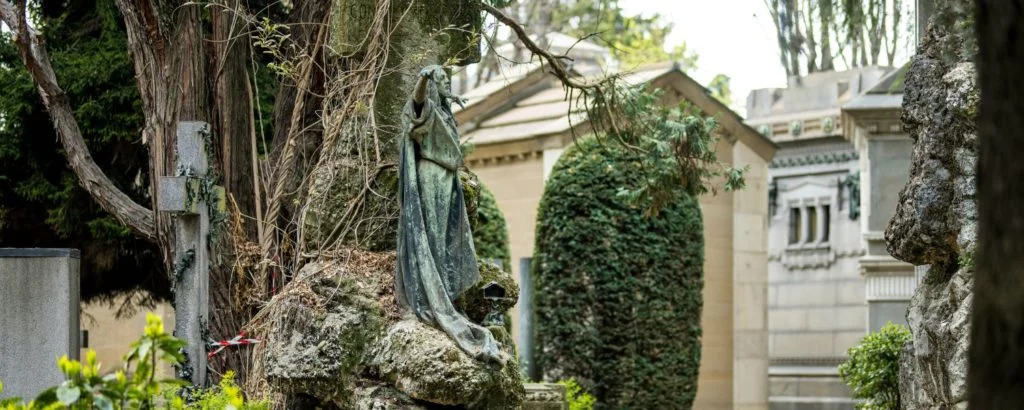
The symbolism associated with monumental burials is as diverse as the cultures that built them. In many cases, the architecture and design of these tombs reflect cosmological beliefs and spiritual principles.
For instance, the alignment of pyramids with celestial bodies in Egypt demonstrates their connection to the heavens, reinforcing the idea of an afterlife. In other cultures, specific materials, colours, and motifs held deep spiritual significance, indicating a strong belief in continuity between life and death.
Legacy and Tourism

Monumental burials have left an indelible mark on the landscape of various countries, attracting millions of tourists each year. Visitors come to marvel at the architectural marvels, immerse themselves in ancient history, and pay homage to the great leaders and personalities buried within these structures.
The influx of tourists contributes significantly to the economy of these regions, making the preservation and conservation of these sites all the more crucial.
Conclusion
Monumental burials stand as a testament to ancient civilizations’ ingenuity, spirituality, and artistic expressions. Beyond mere tombs, these structures encapsulate the essence of human existence, reflecting our beliefs about life, death, and the afterlife.
The grandiosity and cultural significance of monumental burials continue to captivate our imagination, fostering a deep appreciation for the rich tapestry of human history.
As we continue to unearth these monumental tombs’ secrets, we unravel the intricate threads that bind us to our ancestors and the diverse cultures that shaped our world.
 "/>
"/>
